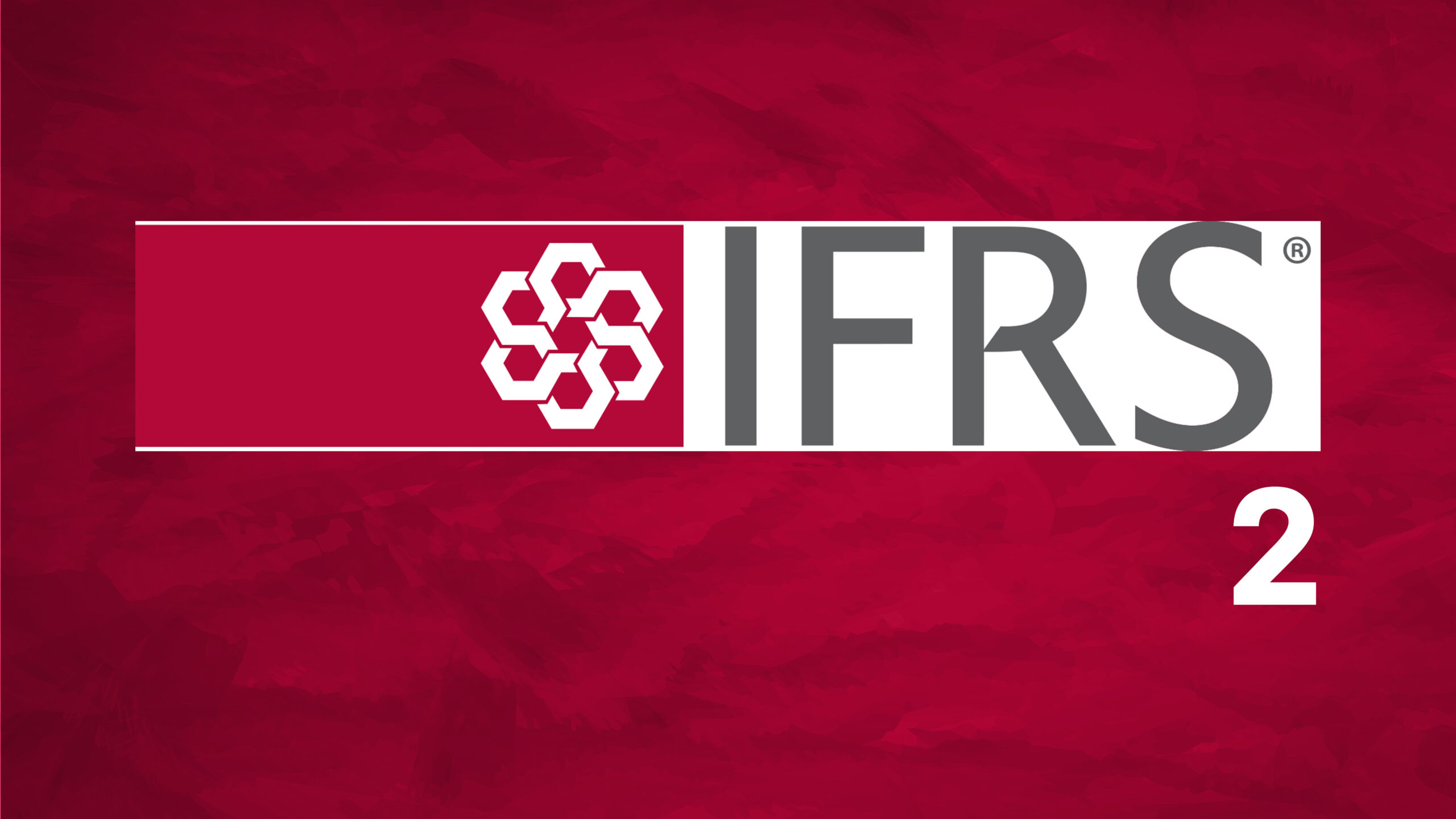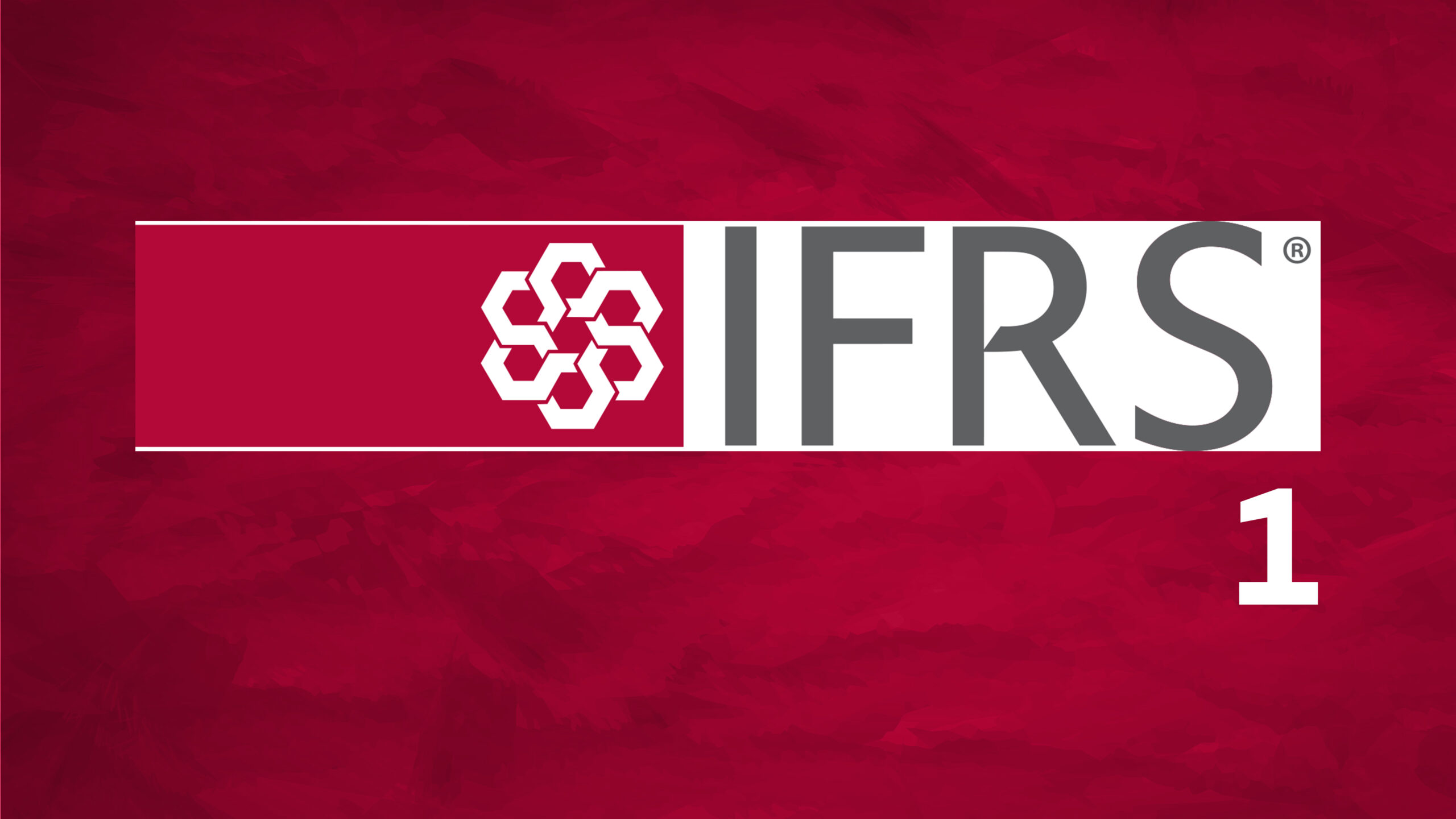
Susan Maina is a content writer at Mugo and Company, where she simplifies Accounting, Auditing, and Forensic Audit services with her finance expertise.
LinkedIn >>Financial statements are the backbone of every successful business. They offer a clear snapshot of a company’s financial health while uncovering inefficiencies and gaps that may hinder growth.
At Mugo and Co, we recognize how vital these reports are to informed decision-making and day-to-day operations.
That’s why we’ve created this comprehensive guide: to walk you through the essentials of financial statements, explore the different types, and provide practical examples to enhance your understanding.
Let’s get started.
Just as every meal needs a plate, an organization’s financial information requires a structured format for clear communication.
Financial statements serve as these structured reports, making it easier for stakeholders to understand a company’s financial position.
Financial statements are written records that provide insights into a company’s financial health, facilitating audits and ensuring compliance with tax, financing, and investment requirements.
These reports help business owners make informed decisions, assist investors in assessing profitability, and ensure regulatory bodies can monitor compliance effectively.
There are three primary financial statements required by Generally Accepted Accounting Principles (GAAP):
Each Financial statement offers a different perspective on a company’s financial health. Together, they provide a comprehensive view of the organization’s financial standing, ensuring transparency and full disclosure in line with the Full Disclosure Principle under GAAP.
This principle mandates that all material facts related to financial performance must be disclosed, ensuring stakeholders have all the relevant information to make informed decisions.
A balance sheet shows a company’s financial position at a specific point in time, detailing its assets, liabilities, and equity.
Key Components:
EXAMPLE OF BALANCE SHEET
STARFIRST LTD. STATEMENT OF FINANCIAL POSITION AS OF DECEMBER 31, 2017 | |||
ASSETS | AMOUNT(KSH) | LIABILITIES & EQUITY | AMOUNT(KSH) |
CURRENT ASSETS | CURRENT LIABILITIES | ||
CASH | 10,000 | ACCRUED EXPENSES | 25,000 |
INVENTORY | 20,000 | SHORT-TERM LOANS | 15,000 |
ACCOUNTS RECEIVABLE | 15,000 | ACCOUNTS PAYABLE | 10,000 |
PREPAID EXPENSES | 20,000 | PAYROLL LIABILITIES | 25,000 |
TOTAL CURRENT ASSETS | 65,000 | TOTAL CURRENT LIABILITIES | 75,000 |
NON-CURRENT ASSETS | NON-CURRENT LIABILITIES | ||
LAND | 500,000 | LONG-TERM LOANS | 400,000 |
MACHINERY | 200,000 | TOTAL NON-CURRENT LIABILITIES | 400,000 |
INTANGIBLE ASSETS | 40,000 | EQUITY | 80,000 |
TOTAL NON-CURRENT ASSETS | 740,000 | SHARE CAPITAL | 100,000 |
TOTAL ASSETS | 805,000 | RETAINED EARNINGS | 150,000 |
TOTAL EQUITY | 330,000 | ||
TOTAL LIABILITIES & EQUITY | 805,000 | ||
The income statement summarizes a company’s revenues, expenses, and profits over a period of time, showing whether the company is profitable.
Key Components:
EXAMPLE OF AN INCOME STATEMENT
STARFIRST LTD. INCOME STATEMENT FOR THE YEAR ENDED DECEMBER 31, 2024 | |
AMOUNT (KSH) | |
REVENUE | |
SALES REVENUE | 250,000 |
OTHER INCOME | 120,000 |
TOTAL REVENUE | 370,000 |
COST OF GOODS SOLD(COGS) | |
RAW MATERIALS | 50,000 |
DIRECT LABOR | 10,000 |
FACTORY OVERHEADS | 10,000 |
TOTAL COGS | (70,000) |
GROSS PROFIT(Total Revenue Less COGS) | 300,000 |
OPERATING EXPENSES | |
SALARIES & WAGES | 20,000 |
RENT & UTILITIES | 5,000 |
MARKETING & ADVERTISING | 10,000 |
DEPRECIATION | 3,000 |
OTHER OPERATING EXPENSES | 2,000 |
TOTAL OPERATING EXPENSES | (40,000) |
OPERATING PROFIT (Gross Profit Less Operating Expenses) | 260,000 |
INTEREST EXPENSE | (20,000) |
EARNINGS BEFORE TAX (EBT) (Operating Profit Less Interest Expense) | 240,000 |
TAXES | (40,000) |
NET PROFIT (EBT Less Taxes) | 200,000 |
This financial statement tracks the movement of cash in and out of the business, highlighting the company’s liquidity.
Key Components:
EXAMPLE OF CASH-FLOW STATEMENT
STARFIRST LTD. CASH FLOW STATEMENT FOR THE YEAR ENDED DECEMBER 31, 2024 | |
AMOUNT(KSH) | |
CASH FLOWS FROM OPERATING ACTIVITIES | |
Net Income | 120,000 |
Adjustments for Non-Cash Items | |
Depreciation | 10,000 |
Changes in Working Capital: | |
Increase in Inventory | (5,000) |
Increase in Accounts Receivable | (8,000) |
Increase in Accounts Payable | 7,000 |
Net Cash from Operating Activities | 124,000 |
CASH FLOWS FROM INVESTING ACTIVITIES | |
Purchase of Equipment | (20,000) |
Sale of Old Equipment | 5,000 |
Net Cash Used in Investing Activities | (15,000) |
CASH FLOWS FROM FINANCING ACTIVITIES | |
Proceeds from Loan | 30,000 |
Loan Repayment | (10,000) |
Dividends Paid | (15,000) |
Net Cash from Financing Activities | 5,000 |
NET INCREASE IN CASH | 114,000 |
OPENING CASH BALANCE | 50,000 |
CLOSING CASH BALANCE | 164,000 |
Beyond the main three, other financial statements might be required, depending on the business type:
Understanding financial statements is crucial for business owners, investors, and stakeholders. They provide essential insights into a company’s financial stability, profitability, and cash flow, guiding key business decisions.
By mastering these financial reports, you’ll be equipped to make informed choices, identify potential risks, and ensure compliance with industry regulations.
At Mugo, we do more than just audits, we prepare clear, reliable, and GAAP-compliant financial statements tailored to your business or organization.
Whether you’re a startup, SME, or nonprofit, we ensure your reports are accurate, compliant, and ready for investors, regulators, or board reviews.
Reach out today to simplify your numbers and strengthen your financial reporting.
This article is for informational purposes only and does not constitute professional financial or legal advice.
For guidance tailored to your situation, please consult a certified accounting professional.





Industry Leaders Delivering Client-Focused Solutions with Proven Expertise and Excellence.
Woodland Business Park, 4th Floor, Suite 15, Kiambere Road, Upperhill, Nairobi
info@mugo-co.com
+254 736 570 370
Copyright © 2025 Mugo & Company | All Rights Reserved.
Mugo & Company – Experts in assurance services in Kenya since 1984.